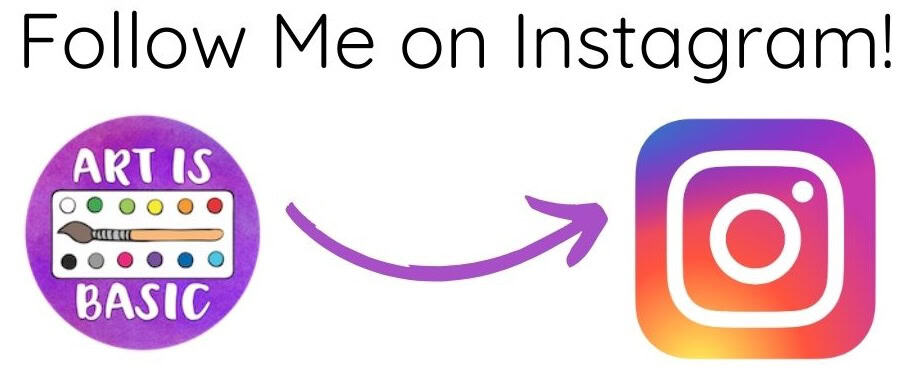Creating Shakers from Paper Mache
Introducing the project:
To start I simply tell the kids we are making rattles. I will save the cultural connections for a later class. One reason for waiting on the cultural connections is that I don’t want them to copy Native American rattles, but the information I present about the Native Americans is to show how other cultures have made musical instruments. Also, this part of the project is time consuming and we need every minute of the class.
Building the Structure:
Tape a paper bowl to a painters stick. Place a handful of uncooked beans (cooked would be messy!) in the bowl. Then, take another bowl and place it on top. Use masking tape around all of the edges. I found that the kindergartners could mostly do this all on their own. Some of them needed help getting the tape off the roll, so I went around the room and quickly pulled off long pieces of tape for them to cut and use. This is also a good time to use parent or student helpers. I have two students that come in from their study hall to help me in the younger classes. As the children turn in their projects, check to make sure that all of the edges are sealed tight and secure. Also, reinforce where the handle meets the bowl. Students should write their names on the bowls and the sticks.
Applying Paper Mache to the Rattles
Preparing the Paper Mache: Paper mache is a great, affordable way to make sculptures. Personally, I like to use Elmer’s Art Paste, Paper Maché. It comes in a powder form and you just mix it with water from the tap. I use a storage container (a large ice cream bucket) to store the paper mache because it will stay good for about a week or more. Using a whisk helps to get all the clumps out. I’ve also noticed that if I prepare it the day before and leave it overnight, the clumps will dissolve better. For this project, one box will probably be enough to cover a whole class of projects. This paper mache is so cheap that it’s good to stock up to make sure you have enough for your projects. I know you can mix up paper mache with flour, but I have found this is just as cost effective and easier for me.
Preparing the Newspaper: For the kindergartners, I pre-cut strips of newspaper for them. It is just easier and saves time. It also maintains the size of the strips you need. It’s also a good “helping” activity for older students who finish projects early.
Dip the newspaper strips in paper mache and smooth out on top of the rattle. Completely cover the surface of the rattle wrapping it to the edges. Most students will finish one side during the class period. To dry, I lined them all standing straight up on the top of my drying rack (not touching each other). They will dry overnight, so try not to have any other projects that need the drying rack after this class (the paper mache will drip.) During the next class period, flip over the projects and paper mache the other side.
Native American Cultural Connections
At this point, I introduce connections to Native American rattles through a slide show of images and information about the use of rattles in ceremonies, healing and recreation.

Peyote Rattle made by Nishkû´ntu (John Wilson or Moonhead Image from the National Museum of the American Indian
Painting and Embellishments
Each child was then instructed to paint their entire rattle (handle too, if they wished) with colors and designs they imagined. I didn’t place any restrictions on them other than to make sure the whole surface was evenly painted. I wanted the rattles to be authentic expressions of themselves, so they chose how to design it.
After paint had dried, the students could glue on fabric pieces, faux fur, leather scraps and feathers (I used a hot glue gun to secure these.) Finally, they could wrap and tie pipe cleaners, yarn, raffia and beads to the handle.
Discover more from Art is Basic | Elementary Art Ideas
Subscribe to get the latest posts sent to your email.



































Marcia, these are so adorable! One papier-mâché hint – I suggest you TEAR the strips rather than cut them. It is faster, (especially with helpers, as long as you show them how) and the torn edges are much smoother and blend in better when you papier-mâché.
Thanks! Thanks for the suggestion. I will try that next time.
Pingback: 11+ Culturally Appropriate Native American Thanksgiving Crafts